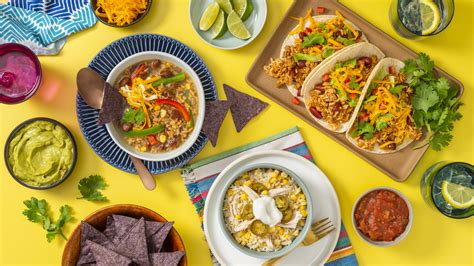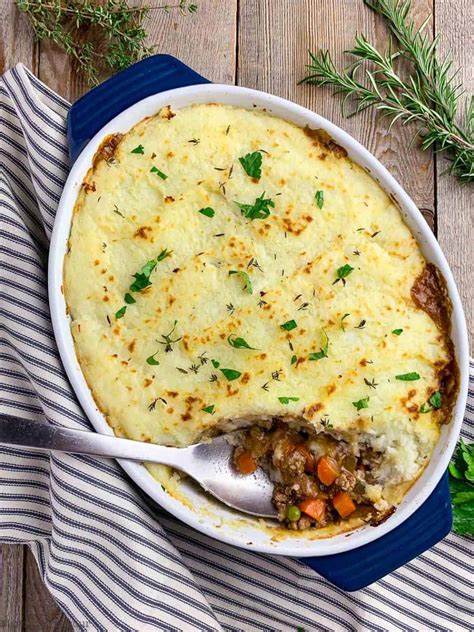Discover the traditional Gambian ingredients, explore spices and herbs, learn popular dishes and authentic cooking techniques, and modern twists on Gambian cuisine.
Traditional Gambian Ingredients
Contents
Gambian cuisine is known for its rich and flavorful dishes, which are often the result of using traditional ingredients that have been passed down through generations. One of the key ingredients in Gambian cooking is peanuts. Peanuts are used to make a variety of dishes and sauces, such as domoda (peanut stew) and yassa (a tangy peanut sauce). Another staple ingredient in Gambian cooking is rice. Rice is a main component in many Gambian dishes, including benachin (a one-pot rice dish) and tapalapa (a fluffy rice bread).
In addition to peanuts and rice, Gambian cuisine also makes use of a variety of spices and herbs to add depth and flavor to dishes. Some of the most commonly used spices and herbs in Gambian cooking include ginger, garlic, onions, thyme, and hot peppers. These ingredients are often used in combination with each other to create complex and aromatic flavors in traditional Gambian dishes.
One other essential ingredient in Gambian cooking is seafood. The Gambia is located on the coast of West Africa, and as a result, seafood plays a significant role in the country’s cuisine. Fish such as tilapia and red snapper are commonly used in dishes like domoda and okra stew, adding a delicious and fresh element to traditional Gambian recipes.
Overall, traditional Gambian ingredients are an essential part of the country’s rich and diverse cuisine. From peanuts and rice to spices and seafood, these ingredients are the building blocks of some of the most beloved and iconic dishes in Gambian cooking.
Exploring Gambian Spices and Herbs
Gambia is a country known for its rich and diverse culinary traditions. One of the essential aspects of Gambian cuisine is the use of spices and herbs to add flavor and depth to dishes. These ingredients are not only used for their taste but also for their potential health benefits.
One of the most popular spices used in Gambian cooking is yassa, a flavorful blend of onion, garlic, and mustard. Yassa is often used as a marinade for meat, giving dishes a tangy and slightly spicy flavor. Another essential spice is benachin, a mix of tomato, onion, and chili pepper often used in rice-based dishes.
Herbs also play a crucial role in Gambian cooking. Mint, parsley, and cilantro are commonly used to add freshness and brightness to dishes, while lemongrass and ginger are used to add warmth and depth of flavor.
One unique aspect of Gambian cuisine is the use of a spice blend called domoda, which is made from a mixture of peanuts, tomato, and chili pepper. This blend is often used to add richness and complexity to stews and sauces.
In addition to traditional spices and herbs, modern twists on Gambian cuisine have introduced new flavors and ingredients to the mix. For example, chefs are experimenting with incorporating exotic spices like turmeric and cardamom into traditional dishes, adding new layers of complexity and excitement to the flavors of Gambian cuisine.
Popular Gambian Dishes
When it comes to Gambian cuisine, there are several popular dishes that you must try if you have the opportunity to visit this beautiful country. One of the most well-known dishes is domoda, a rich peanut stew made with meat, vegetables, and groundnuts. Another popular dish is benechin, a one-pot meal consisting of rice, meat, and vegetables, cooked together with a flavorful sauce. Both of these dishes are not only delicious, but they also showcase the unique flavors and cooking techniques of Gambian cuisine.
Fried fish is another staple in Gambian cuisine, often served with rice and a side of spicy sauce. This dish is a favorite among locals and visitors alike, as the Gambia is known for its fresh seafood and abundance of flavorful spices. Additionally, yassa chicken is a must-try dish, featuring marinated chicken cooked in a tangy onion and lemon sauce. The combination of sweet and savory flavors in this dish is sure to tantalize your taste buds.
For those with a sweet tooth, tapalapa bread pudding is a popular dessert in Gambian cuisine. Made with tapalapa bread, which is similar to a baguette, this pudding is often flavored with cinnamon, nutmeg, and sweetened with sugar or honey. It’s a delightful way to end a Gambian meal, and it perfectly showcases the flavors and ingredients that are unique to this region.
A trip to The Gambia wouldn’t be complete without sampling these popular dishes, as they provide a true taste of Gambian culture and culinary traditions. Whether you’re a fan of savory stews, flavorful seafood, or satisfying desserts, Gambian cuisine has something for everyone to enjoy.
Authentic Gambian Cooking Techniques
One of the key elements of Gambian cuisine is the use of traditional cooking techniques that have been passed down through generations. These techniques are essential in creating authentic and flavorful dishes that are characteristic of Gambian food culture.
One of the most commonly used cooking techniques in Gambian cuisine is grilling. Grilling is often done over an open flame, allowing the food to develop a smoky and charred flavor. This technique is commonly used for meats such as chicken, beef, and fish, and is an essential part of Gambian barbecue culture.
Another popular cooking technique in Gambian cuisine is boiling. Boiling is often used to cook vegetables, rice, and beans, and is a simple yet effective way of preparing these ingredients. Boiling is also commonly used for preparing stews and soups, allowing the flavors of the ingredients to meld together.
Steaming is also a commonly used technique in Gambian cooking. Steaming is often used for preparing leafy greens, fish, and other delicate ingredients. This method of cooking helps to retain the natural flavors and nutrients of the food, resulting in healthy and delicious dishes.
Finally, another important cooking technique in Gambian cuisine is stir-frying. Stir-frying is often used to cook vegetables, meats, and seafood, and involves quickly cooking the ingredients in a hot pan with oil and spices. This technique helps to preserve the texture and natural flavors of the ingredients, creating dishes that are vibrant and full of flavor.
Modern Twists on Gambian Cuisine
In recent years, there has been a growing trend in The Gambia to put a modern twist on traditional Gambian cuisine. This exciting movement has seen local chefs and food enthusiasts experimenting with new and innovative ways to prepare and present classic dishes. By incorporating modern cooking techniques and international influences, they are breathing new life into the country’s culinary heritage.
One popular modern twist on Gambian cuisine is the fusion of traditional ingredients with international flavors. For example, chefs are combining local staples such as cassava, sweet potatoes, and okra with exotic spices and herbs from around the world. This results in unique and exciting flavor combinations that appeal to both locals and tourists.
Another modern trend in Gambian cooking is the use of innovative cooking methods. Chefs are experimenting with grilling, sous vide, and molecular gastronomy to create dishes that are both visually stunning and delicious. These modern cooking techniques add a new dimension to traditional Gambian meals, showcasing the country’s rich culinary heritage in a fresh and exciting way.
Additionally, there has been a movement towards healthier and more sustainable versions of classic Gambian dishes. Chefs are using local, organic ingredients and reducing the use of oils and fats, resulting in lighter and more nutritious meals. This shift towards healthier eating reflects the growing global concern for environmental sustainability and personal well-being.
Overall, the modern twists on Gambian cuisine are an exciting and positive development in the country’s culinary scene. By incorporating innovative cooking techniques, international flavors, and a focus on health and sustainability, local chefs are preserving the essence of Gambian cuisine while adapting it to the demands of the modern world.














